The Stonewall Inn
Introduction
Text-to-speech Audio
Images
Exterior of the Stonewall Inn today.
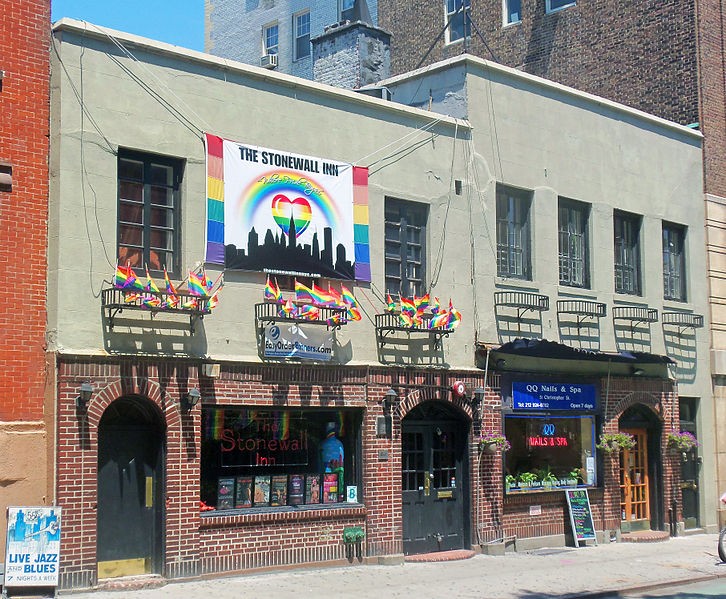
An image from the Stonewall riots that followed in the wake of the police raid. New York Daily News.
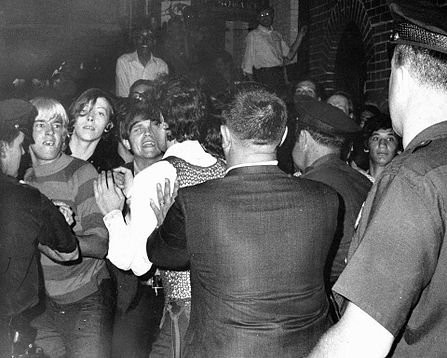
Protesters in the days following the initial riot.
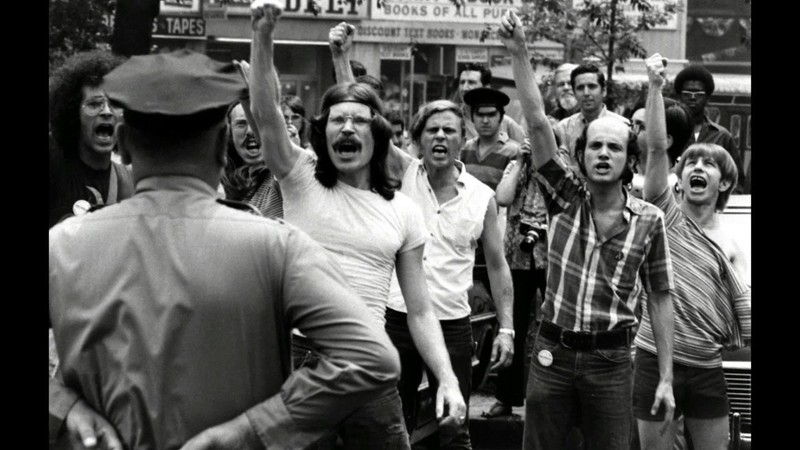
A protester injured during the Stonewall riots.
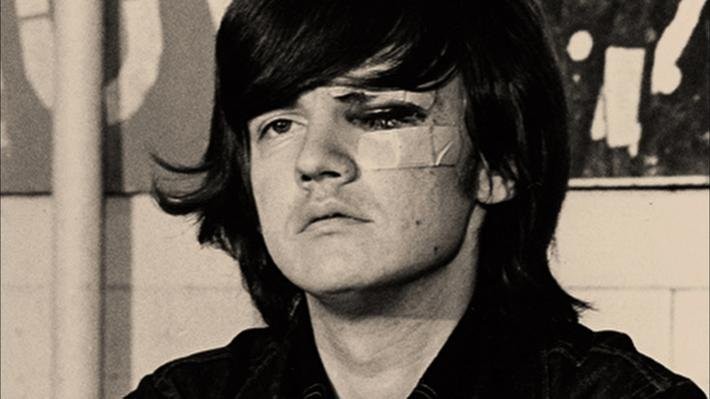
A later demonstration by the Gay Liberation Front, an organization that sprung up and gained considerable strength following the Stonewall Riots.
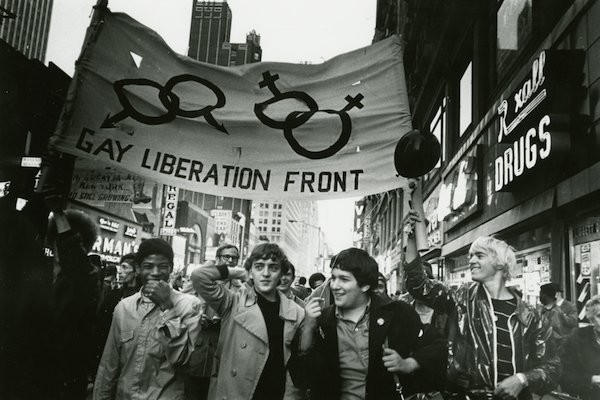
Still hanging at the Stonewall Inn today, this marker was left at the premises during the famous raid in 1969.
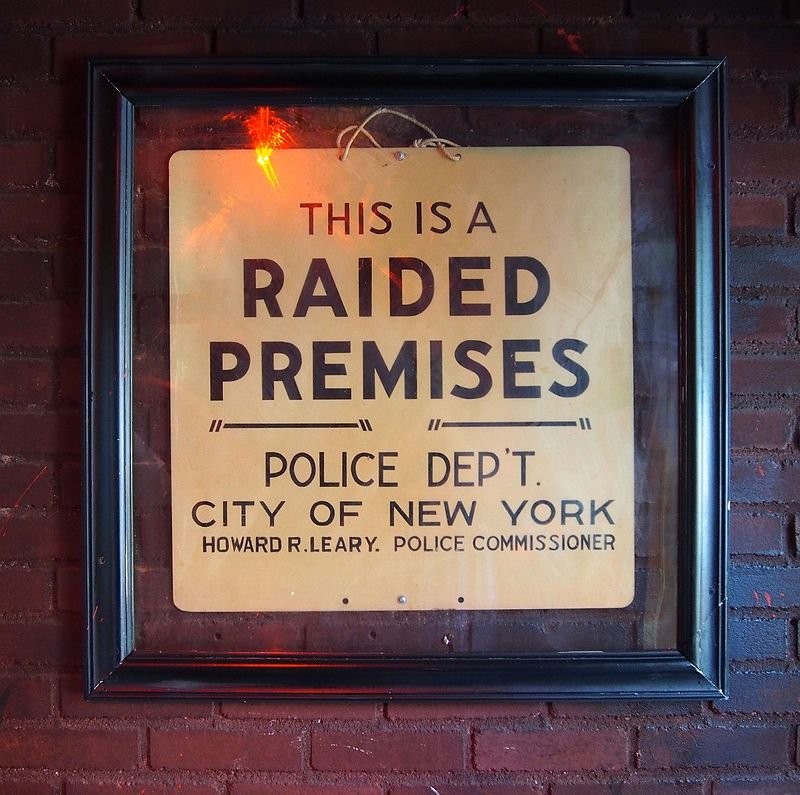
Backstory and Context
Text-to-speech Audio
The importance of this event can only be grasped if one understands what life had been like for gay, lesbian, bisexual and transgender people in the years before it occurred. Sodomy laws were on the books in almost all states. Homosexuality was officially listed as a mental illness by the medical establishment. It was perfectly legal to deny a job or an apartment to someone who was (or perhaps was only suspected of being) gay or lesbian. As members of a marginalized group, known homosexuals were constantly vulnerable to intimidation, exploitation, and violence. Perhaps even more troubling was the unseen damage this situation did to people’s psyches, filling their lives with fear, anxiety and self-hatred.
Thus at a time when it was illegal to serve alcohol to gays and being caught in drag made one subject to immediate arrest, police raids on bars like the Stonewall Inn were quite commonplace. However, on that night in June 1969, what began as the customary weekly raid on the Stonewall Inn did not go as planned. Many patrons who were set free by the police declined to leave the scene; many who were arrested simply refused to cooperate.
As the growing crowd outside the establishment, which included passersby and even tourists, became more and more restive, the eleven policemen on the scene quickly became overwhelmed and frightened. When a lesbian was handcuffed after getting into a scuffle with a policeman, she yelled to the crowd, “Why don't you guys do something?” Then, when this woman was unceremoniously dumped into the back of a patrol wagon, the crowd exploded. By 4:00 a.m. the following morning, after the Tactical Police Force of New York City had become involved, the battle at the Stonewall Inn ended. Rioting continued in Greenwich Village for the next few days. However, during those days, for the first time, gay men and women openly expressed affection in public – kissing and holding hands – as they had previously never dared to do, having lost their shame and fear of exposure.
The event was transformative for attitudes both inside and outside the LGBT community. It was only after Stonewall that the first organizations for homosexuals that included the word “gay” in their names (Gay Liberation Front, Gay Activist Alliance) were formed; prior to this, such organizations deliberately employed obscure names – like The Mattachine Society and The Daughters of Bilitis – to conceal from mainstream society the orientation of their memberships. For a short time, the police continued to target gay bars, but after a young man died by accident in one of these raids, demonstrations and letter-writing campaigns, in which sympathetic straight people also participated in large numbers, soon forced the police to abandon this policy. On the first anniversary of Stonewall, gay civil rights marches were held not only in New York, but Los Angeles and Chicago. On the second anniversary of the event, Gay Pride marches took place in numerous cities not only in America but Europe – a tradition that continues to this day. Ironically, the changes that Stonewall brought about doomed the “bar culture” of which the Stonewall Inn was a typical example, since it became increasingly unnecessary for LGBT people to congregate in dark, secretive places to express their sexuality.
The Stonewall Inn was closed later in 1969. It reopened in 1990 as "Stonewall" and returned to the original name of "The Stonewall Inn" in 2007. In 1999, the inn was declared a National Historic Landmark and continues to inspire Pride parades today.
Sources
Rosenberg, Eli. "Stonewall Inn Named National Monument, a First for the Gay Rights Movement." The New York Times. June 24, 2016. Accessed May 22, 2017. https://www.nytimes.com/2016/06/25/nyregion/stonewall-inn-named-national-monument-a-first-for-gay-ri....
"The Stonewall Riot." History.com. Accessed May 22, 2017. http://www.history.com/this-day-in-history/the-stonewall-riot.
